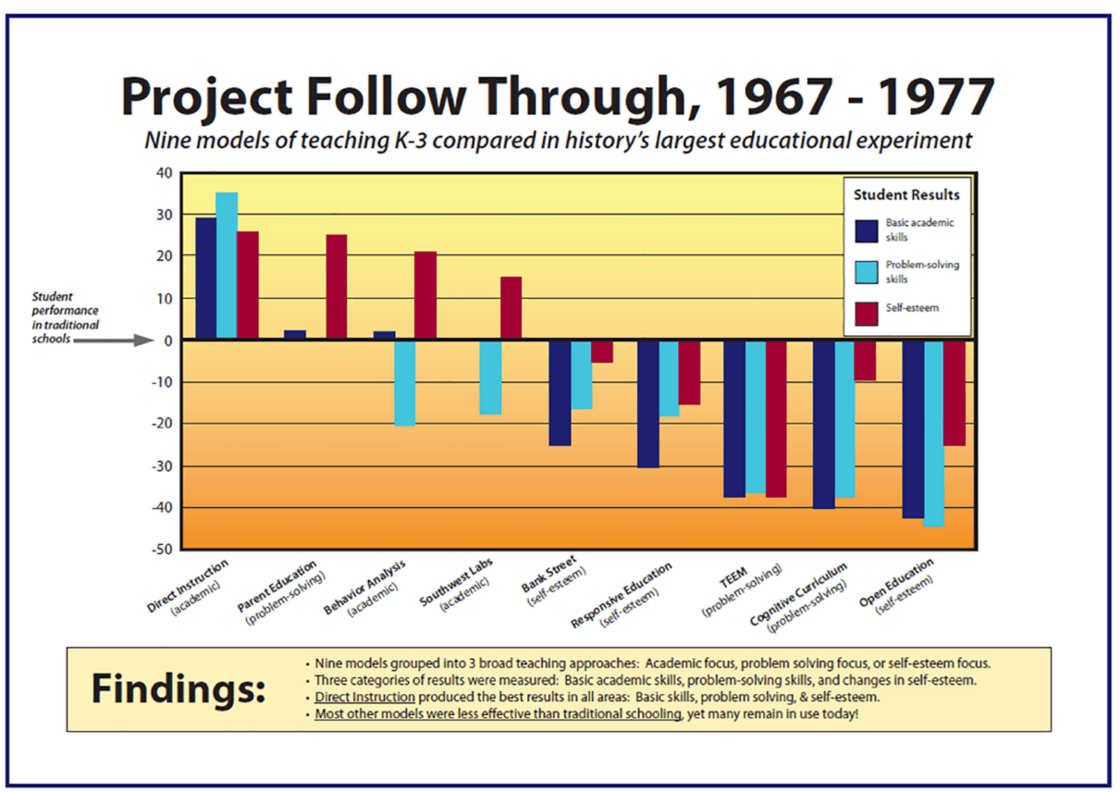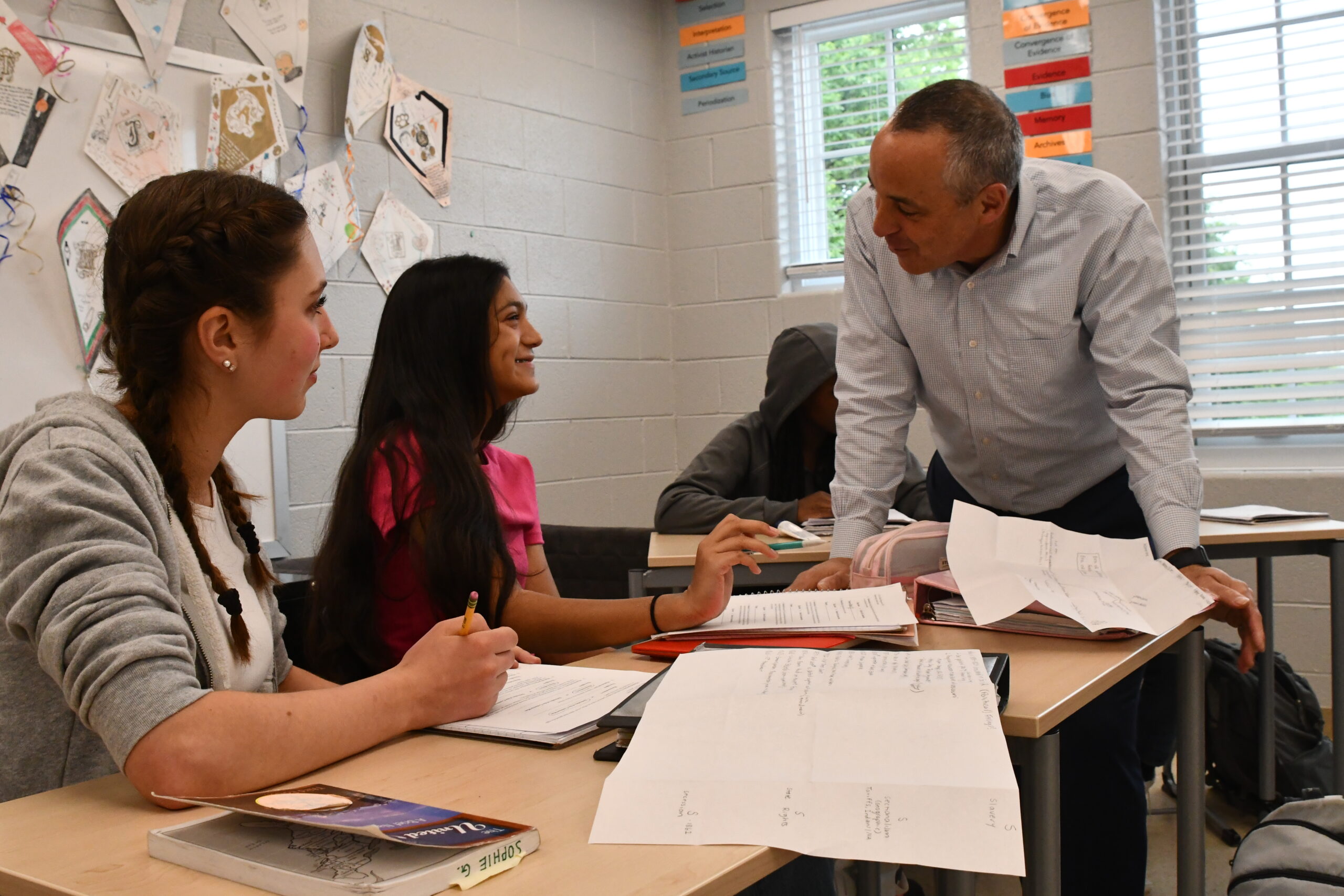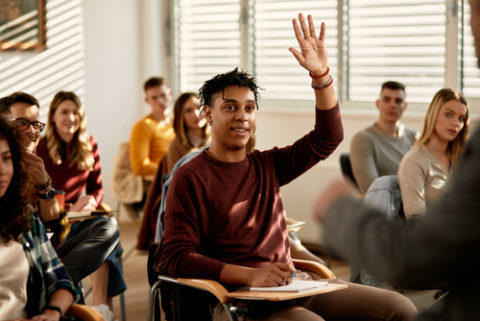By Glenn Whitman
I grew up playing many sports, and what I loved about each—mostly soccer (fútbol elsewhere), ice hockey, and golf—was that no training session, game, or match was ever the same. Each brought its own challenges and required different strategies from both the athletes and the coaches to find success.
As a classroom teacher since 1991, I find myself often thinking like my best youth, high school, and college coaches. They frequently had an initial practice or game plan but adapted and adjusted to the “run of play.” My professional toolkit has grown with increased teaching and learning strategies from the field of Mind, Brain, and Education Science (MBE). These strategies address the academic, social, emotional, and identity development of each student (player) and each class (team). I find myself looking more frequently at my “play sheet” for the neurodiversity and learning variability that exist in every classroom. I consider what strategy is needed to meet the learning objective for the class or unit, or what strategy does an individual student need next to reach their fullest potential. I also know there are moments to call a “time-out” and to bring the class over, or to talk to an individual student about what we should try next.
As many teachers and school leaders know, the CTTL has developed MBE Strategy Placemats and Roadmaps that organize and curate the most promising research and strategies in MBE into domains, principles, and strategies. You can ask us at some time why we have two names—placemat or roadmap—for similarly designed and purposed tools.

We are excited that individual public, charter, and private school teachers in 38 states, and 22 countries on six continents have in their hands and work spaces one of these three tools. We have been hearing back from many of them and are always curious how they are using these tools in one of two ways – what we call “Proactive MBE” or “Responsive (Adaptive) MBE”. Frederick County Public Schools (MD) even personalized the original version of the CTTL MBE Strategies Placemat to align with their district priorities. We were happy to work with them on this and have written a case study about this unique public and independent school collaboration, partnership, and friendship.
The inspirations for the Placemats and Roadmaps were the National Football League (NFL) coaches. Each Sunday, I would observe coaches on their respective sidelines holding a laminated, color-coded sheet of plays organized and chunked in some fashion that I would not understand. Along with my CTTL colleagues, we wondered, “Would a resource like this – which provides potential plays to support the social, emotional, and cognitive development of students from preschool through college – be helpful for teachers?”
The design of the CTTL’s MBE Strategy tools deliberately places the social, emotional and cognitive demands of teaching and learning side by side and organizes them into MBE domains such as MBE Informed Design of Curriculum and Pedagogy, MBE for the Learning Environment and Student Wellbeing, MBE Tools for Student Achievement and Lifelong Learning, Literacy, and Numeracy.
Each domain has multiple principles and even more strategies for teachers to choose from. The tool is initially cognitively overloading. However, the goal is not to do it all, but rather to be selective about the best next strategy to try based on a need, objective, or opportunity. This tool is also not a curriculum or a recipe. relies on a teacher’s expertise and knowledge of their students so the teacher can think about the next strategy to apply when it is third and twenty or when more than half your class gets the same question wrong on a summative assessment.

From what I understand about NFL football and how coaches prepare for games, the first 10-15 plays are scripted. They are based on pre-game analysis, experience, scouting, and professional wisdom. The coaches and players have anticipated from research (watching game film) the opponent’s tendencies and plays, as well as their own team’s current strengths and challenges, that might allow them success early in a game. Experienced teachers can anticipate, too, and can select and integrate research-informed strategies into their instructional design, lesson plans, or learning objectives. Like football coaches, they can be proactive in their class or unit preparation, even anticipating potential challenges as they build schema around a concept or skill and move students from novices to experts.
Teachers, like football coaches, also recognize that there might be a shift in their play-calling due to the many variables that can change the flow of the class. The role of the MBE Strategy tool now becomes what we call responsive or adaptive MBE. Adaptive teaching has been shown to be one of the qualities of effective teachers.
My teaching became more adaptive after I became more fluent in my knowledge of the historical content I was teaching, which freed up space in my active working memory to respond to what I observed in my class from my students. I can now think less hard about what I am teaching and focus more on how my students are learning. Offloading some of the cognitive demands of teaching the historical content that I love was helped by embracing some of the principles of direct instruction and developing a few scripts for some of the harder historical concepts and skills that, year in and year out, my students were challenged by, such as “Why the Articles of Confederation were replaced and not revised?”, “How to converge primary and secondary historical sources into a historical interpretation?”, and “How did Andrew Jackson end up on the $20 bill after declaring he would kill the Bank of the United States?”

These scripts include MBE strategies and anticipated barriers to student learning. They allow me to be more responsive to what I am observing using the data I collect from formative assessments that I proactively built into the lesson design. The resources from the National Direct Instruction Institute, the book Explicit and Direct Instruction edited by Adam Boxer, and the Chalk & Talk Podcast with Anna Stooke – especially the “Raising Student Achievement with Dylan Wiliam” episode – have been helpful in growing my direct instruction learning and translation to the classroom. All these sources point to the importance of direct instruction and validate its effectiveness with the ten-year Project Follow Through study.
Having a set of strategies, such as direct instruction, especially from the growing field of Mind, Brain, and Education and the Teaching and Learning Sciences, allows teachers to be even more effective as they try them out in their context with their students to see what works. While the teachers and school leaders the CTTL has collaborated with through its annual Science of Teaching and School Leadership Academy might have MBE Strategy Placemats or Roadmaps, all teachers are building their professional toolkit. Our friend Patrice Bain, author of Powerful Teaching, even once handed out plastic toolkits from Home Depot during one of her inspiring professional development workshops.
For the teachers at St. Andrew’s, where the CTTL is located and where I teach, we provide different opportunities to think about the MBE research-informed strategies they are each trained to consider in how they teach and design learning experiences for and with their students. They are encouraged to both proactively and adaptively apply the principles, research, and strategies of MBE into their instructional design and support of the social, emotional, and identity development of each student. While few teachers are walking around their classroom – the equivalent of the football sidelines – with their placemats or roadmaps, they are continually using them as reference tools when considering MBE research-informed strategy options.
There is a lot that athletic coaches can learn from teachers and that teachers can learn from coaches. Both get to work with the student and the athlete who literally will never forget to bring their brains to class, practice, or a match. Having an organized play sheet, or resource of plays and strategies, allows teachers and coaches to be both proactive as well as responsive and adaptive to the experiences their athletes and students face. Using the right “play” or strategy at the right time takes increasing one’s knowledge and understanding of how the brain learns as well as one’s skills in translating this work to the classroom and students in order to succeed in the challenging game of learning.
So, whether it is a first down and fifteen, or preparing for a challenging summative assessment on the Periodic Table of Elements, what play will you next call from your teacher’s play sheet?
Get your Mind, Brain, and Educaton Strategies Placemat or Roadmap at the CTTL’s 7th Science of Teaching and School Leadership Academy taking place from July 15th-July 18th.




